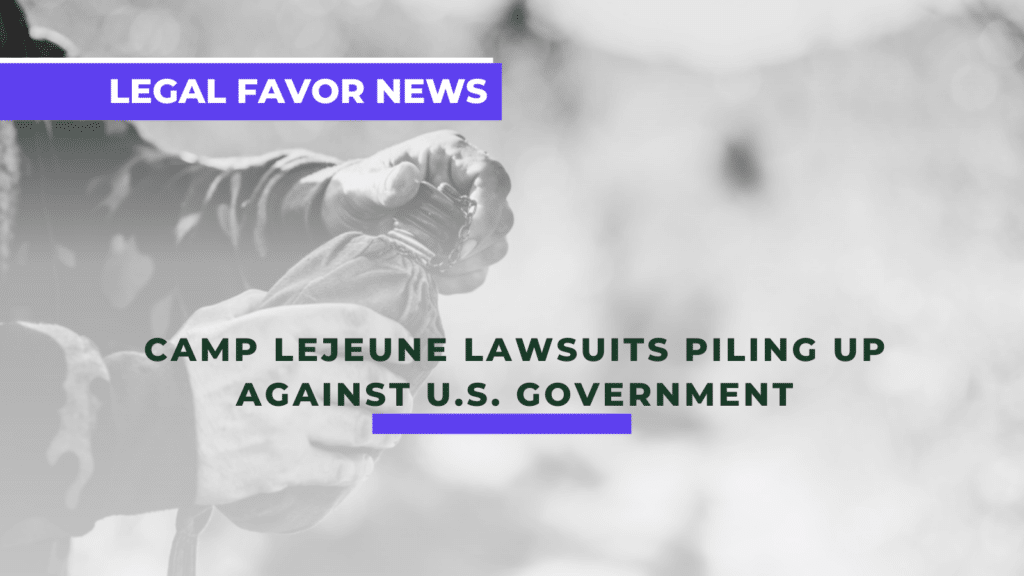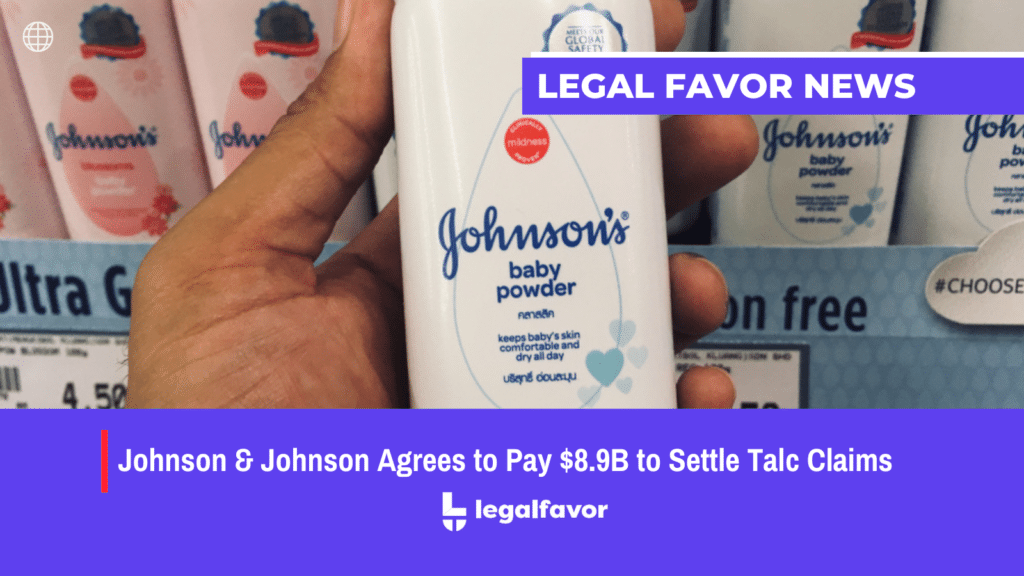A trademark is a type of intellectual property that protects the particular unique name, logo, and symbols pertaining to your business brand or products. It can contain one word or a few words. It can be a design alone or with words. This protection may apply to business names, logos, slogans (like Nike’s “Just Do It”) symbols, sounds, color combinations (like the brown of a UPS truck) and even smells that are emblematic of one specific brand. It is used to let people know the source of goods. For instance, Nike® is a trademark for athletic shoes. Find out what is a trade market and the difference between patents, trademarks, and copyrights.
What Do They Protect?
These rights permit you to stop others from using your trademark to sell services or goods. With a registered trademark, you possess a legal right to sue another company that uses your trademark to further its business ventures. This includes both unregistered and registered trademarks.
Those rights also safeguard consumers because they can know the source of services and goods they’re purchasing. You can bar other companies and people from using any trademark that’s similar to yours, even if it isn’t exactly similar to yours.
What’s Meant By A Registered Trademark?
Registered trademarks can use this symbol: ®. This means they’ve gone through deep review at the United States Patents and Trademark Office (USPTO), found to be entirely valid, and then given a registration.
The TM symbol (™) is generally used in connection with an unregistered mark such as a term, logo, slogan, or other indicators to provide notice to infringers that common law rights in the mark are claimed.
Usually, people think that the symbols of ™ and ® can be used alternatively. But that is not true, both ™, ® symbols project different meanings. The ™ symbol is usually used on new logos, phrases, designs, or words by the specific association or the individual while waiting for the registration.
The ™ symbol can be used for unregistered trademarks, but ® symbol can be used for unregistered trademarks. The ™ symbol has no legal protection, while the symbol ® has legal protection and also rights.
How Do You Get A Trademark?
Some small businesses are discouraged from this intellectual property legal action because they think the process is grossly difficult. However, it is generally straightforward. Experts recommend trademarking simply because litigation lawsuits are complex and expensive, so it’s better to apply for official registration rather than face a battle down the road.
Step 1: Conduct a search. First of all, conduct a search for what you seek to trademark. The USPTO searchable database permits you to see whether your idea has been used previously. You’ll require searching their database to make sure that your desired idea or item is not previously listed and trademarked by another person or business.
Step 2: Application. Secondly, a business or a person is needed to apply for federal trademark protection. The USPTO Online Application Site requires you to apply for federal trademark protection online through their website. At this point, a fee will be assessed in the application process.
Step 3: Approval. The third step is approval. If your application is approved, you are then granted exclusive legal rights to that trademark. In fact, there will be public notice that you’ve exclusively claimed ownership of the trademark. Once accepted, you’re granted the right to use the “®” symbol that shows a registered trademark.
What’s Not Protected?
A business can’t bar others from selling similar items while using a different trademark. An idea or an invention cannot be protected. The sole way to protect an idea is to not disclose it. As well as, generic terms generally are not protected by trademark because they refer to a general class of products rather than focusing a unique source. The only way to protect an invention is to get a patent.
Difference between Patents, Copyrights, and Trademarks
Patents are considered to safeguard inventors and their innovations. Patents are granted to new products, scientific processes, and technical solutions. Additionally, one may also patent meaningful improvements on existing process or technology. Generally, trademarks last for ten years, patents are awarded for terms of twenty years and can’t be renewed.
Copyrights, generally, protect creative or intellectual works, and trademarks apply to commercial logos, names, and phrases. It protects the rights of people who create musical, artistic, literary, dramatic, and specific other intellectual works such as software code and history tests.
Trademarks guard the use of a company’s name and its items’ names, and brand identity.
While copyrights are granted by the U.S. Copyright Office, trademarks fall under the auspices of the USPTO.





